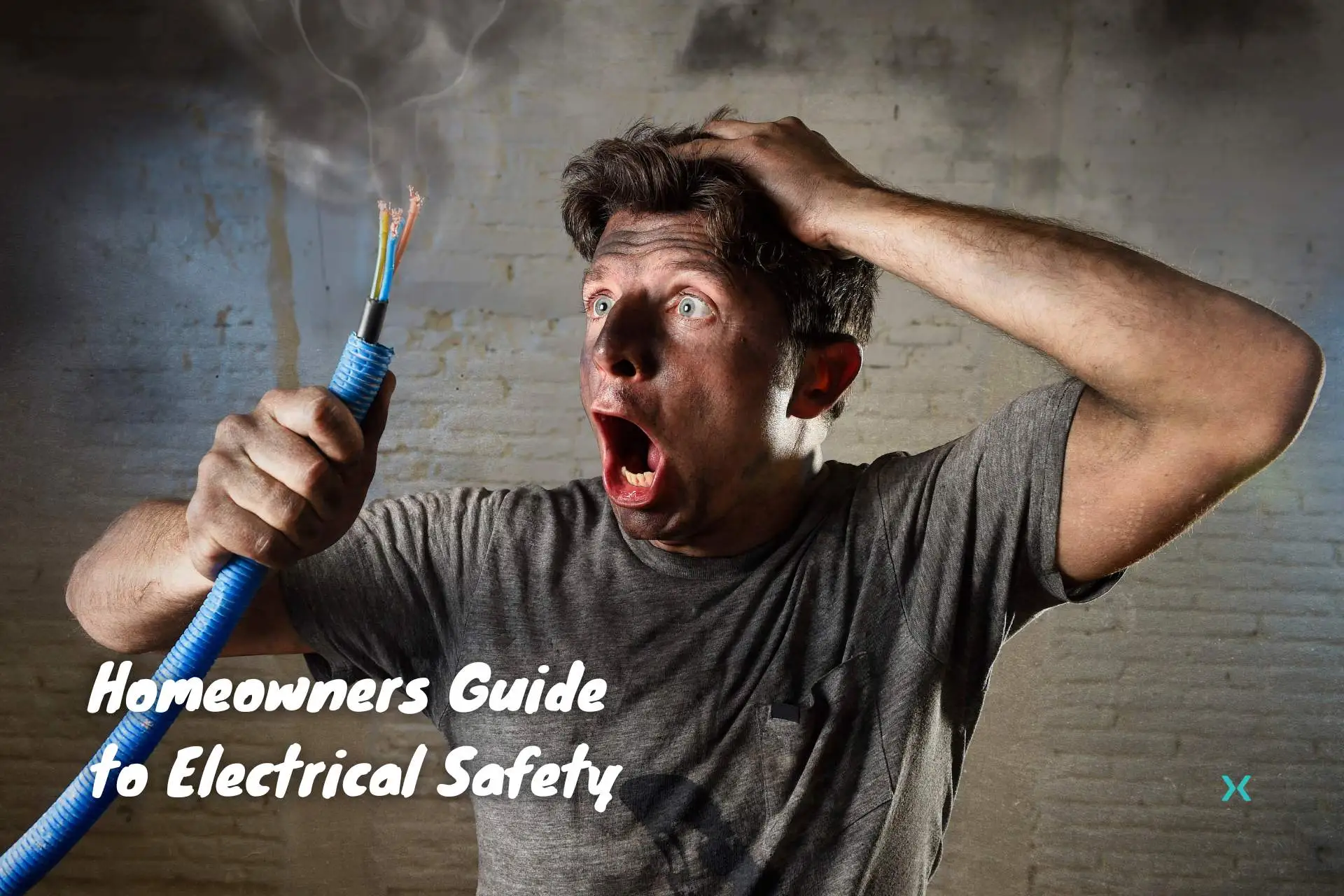Electricity, like any other utility in your home, comes with inherent risks. By gaining some basic knowledge of electrical safety, you can effectively identify potential hazards within your home.
Qualified electricians possess both the training and tools necessary to carry out electrical work safely. Their adherence to safe work practices protects them and prevents electrical incidents that can prove dangerous.
Inadequate training poses a significant threat to occupational safety and can lead to increased electrical injuries. Many workers face the risk of serious accidents in their line of duty. Ensuring proper training is essential to uphold occupational health and maintain a safe work environment.
Even if you aren’t an electrical professional, acquiring a fundamental understanding of electrical hazards is crucial to protect yourself. This applies to office workers and anyone in a non-electrical profession.
If you lack experience with electricity or are uncertain about any electrical situation, it’s advisable to reach out to a qualified electrician for guidance and assistance. Your safety should always be the top priority.
Table of Contents
⚡ Basic Electrical Safety

When performing any work on electrical systems, it is critical to have the correct tools and safety equipment and to use your tools in the manner prescribed.
Always use insulated tools to reduce the risk of electrocution.
⭐ Is It Live?
There are three basic tools for testing if an electrical circuit is live: a no-touch voltage tester, a plug tester, and an electrical meter.
🛑 Never perform work on a live circuit!
Before beginning work, test the circuit to confirm it is live, then turn off the circuit breaker in your electrical panel, then test the circuit again to confirm it is dead.
Electrical panels are not always labeled accurately.
If you cannot confirm the correct breaker, or if you are not confident in your safety equipment, you can de-energize the entire electrical system by turning off the main breaker.
Properly using your safety equipment is a critical part of electrical safety.
Improper use of your safety equipment poses a serious risk of electrocution.
⚡ Common Electrical Hazards Around Your Home
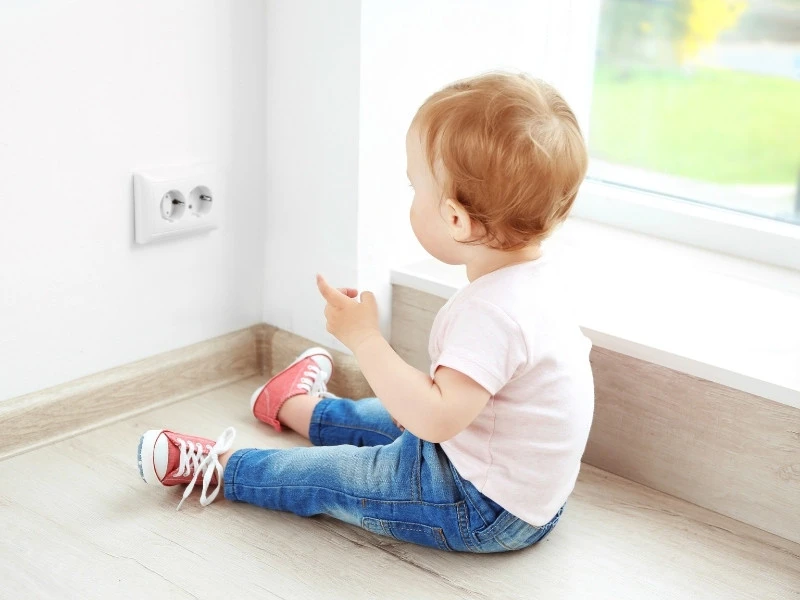
Electrical dangers can exist throughout your home.
Be aware of the following hazards.
⭐ Outlets and Switches
The most common places in your home where electricity is used are outlets and switches, and these can also pose the most common electrical hazards.
Outlet and switch cover plates may seem like they are primarily decorative, they provide protection against an electric shock and are an important part of electrical safety.
Both outlets and switches have terminal screws along the side where the wires are connected.
Missing cover plates expose these terminal screws.
A person turning on the switch or plugging in a device, or a curious child poking their finger where they shouldn’t, can result in a dangerous electrical shock.
Similarly, thin objects that fall into the outlet or switch box can touch the live wires, resulting in a short circuit.
Cover plates are cheap and require no special training to install.
Replacing missing cover plates is one of the easiest ways to improve the electrical safety of your home and reduce the risk of electrical shock.
📗 Related Reading: Definitive Guide to Electrical Switches and Light Switch Types
⭐ Exposed Splices
Along the length of an electrical circuit, there will usually be some splices.
These can be anywhere that an electrical circuit is used, such as an outlet, switch, or light.
Splices can also be made simply as a way to extend a circuit.
Splices must always be safely contained in an electrical box, whether it be an outlet, switch, light box, or simply junction boxes.
If splices are not contained in a box, junction boxes must be installed.
At each point, these splices must be done properly and safely.
Wires should be tightly twisted together, and covered with proper splice caps.
The box must be properly grounded, with the ground wire of the circuit attached to the ground screw of the box.
Ensure that no copper is visible beneath the splice caps.
⭐ Damaged Wires
Although wires are usually installed within your walls, there may be some exposed in unfinished areas of your home.
In this case, you can visibly inspect the outer jacket of the wire for damage.
Examine any nicks or cuts in the outer jacket to see if the wires themselves have been damaged.
If the damage is superficial, cover it with electrical tape.
If the wires have been damaged, you may have to replace the wire, or splice in a section of non-damaged wire.
⚡ Overhead Power Lines
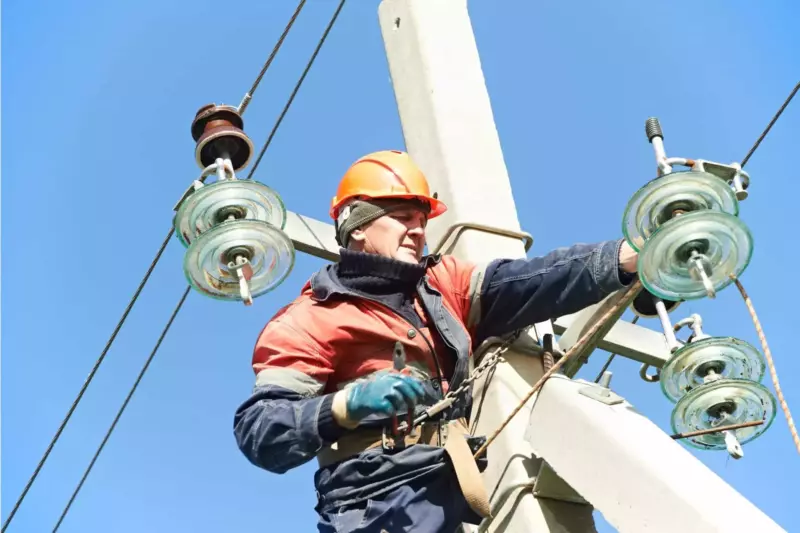
Downed power lines pose one of the most serious electrical hazards, as they carry a large amount of electrical energy.
If you observe any damaged or broken power lines, or any power lines with a tree or branch leaning on them, contact the power authority immediately.
📗 Related Reading: Occupational Safety and Health Administration Electrical Safety Resources
On your own home, you may have overhead power lines bringing electricity into your house.
If a tree or branch falls on your main electrical service, it may result in dangerous live wires, a short circuit, and a powerful electrical arc blast.
To reduce this risk, ensure that your power lines are clear of any trees or branches.
If any branches are too close to your lines, have them removed.
If any nearby trees appear to be in danger of falling on your lines, have them taken down by a professional.
These can pose serious hazards to your safety.
⚡ Ground Fault Circuit Interrupters
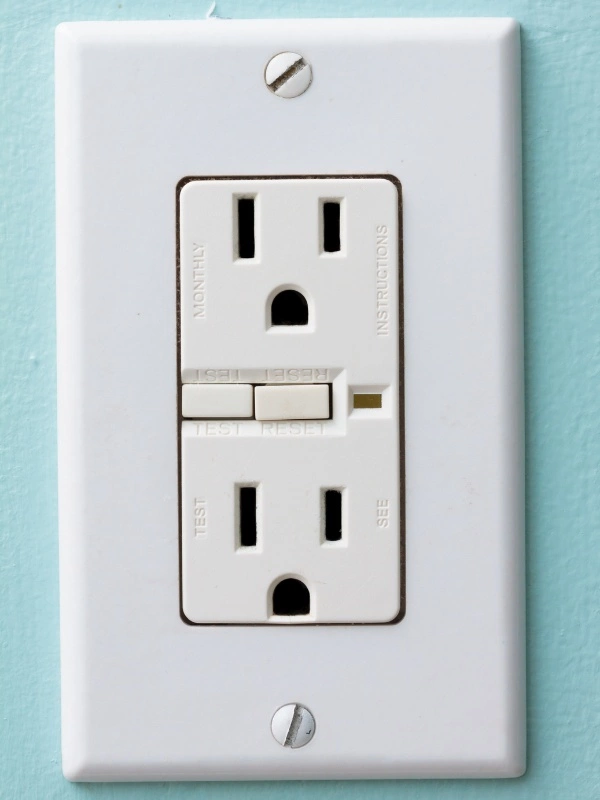
A ground fault circuit interrupter (GFCI) is a required safety device when an electrical outlet or device is used in wet locations.
This most commonly refers to outlets in bathrooms or on the exterior of a home.
GFCI outlets provide ground fault protection and are an important and common part of electrical safety.
A GFCI outlet contains a ground fault circuit interrupter, which is a highly sensitive circuit breaker.
In wet conditions, the ground fault circuit interrupter will notice that the electrical energy is traveling somewhere it shouldn’t, and it will trip immediately, faster than a standard breaker, thereby protecting you from the electricity, and protecting equipment from damage.
⚡ Exposed Electrical Parts
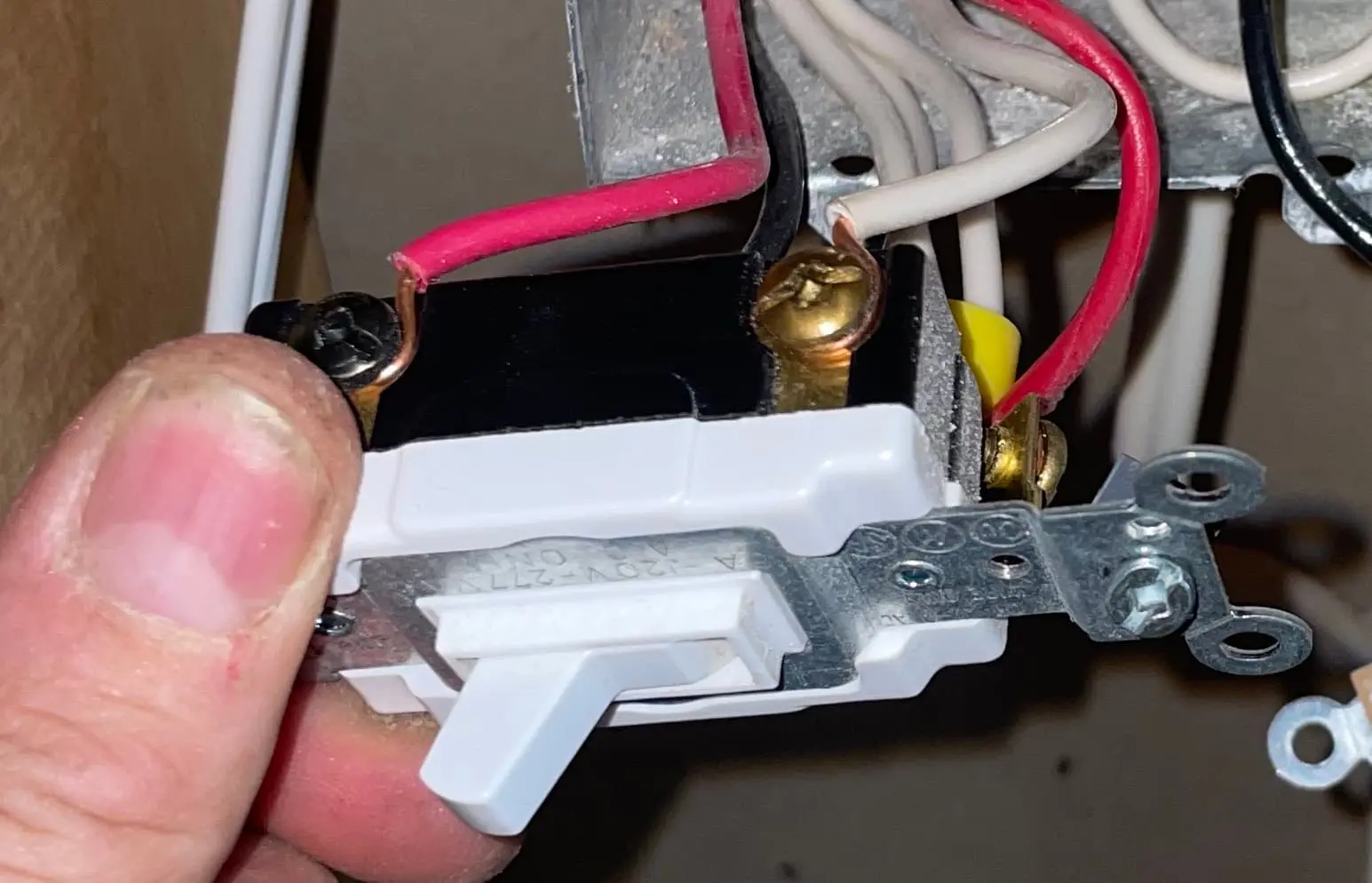
All parts of electrical systems which normally carry electrical current must be safely covered.
Any exposed electrical parts pose a serious risk of electrocution.
The most common example is missing cover plates from outlets and switches as mentioned above.
However, cracked or missing housing from electrical equipment or appliances also poses a serious electrical hazard.
Any electrical equipment which is in good condition will have all energized parts safely covered.
If a piece of electrical equipment has become damaged, the electric current can touch the user, resulting in a serious electric shock.
Visibly inspect your electrical equipment, and if any wires are exposed, have the electrical equipment replaced or repaired.
⚡ Frayed Cords
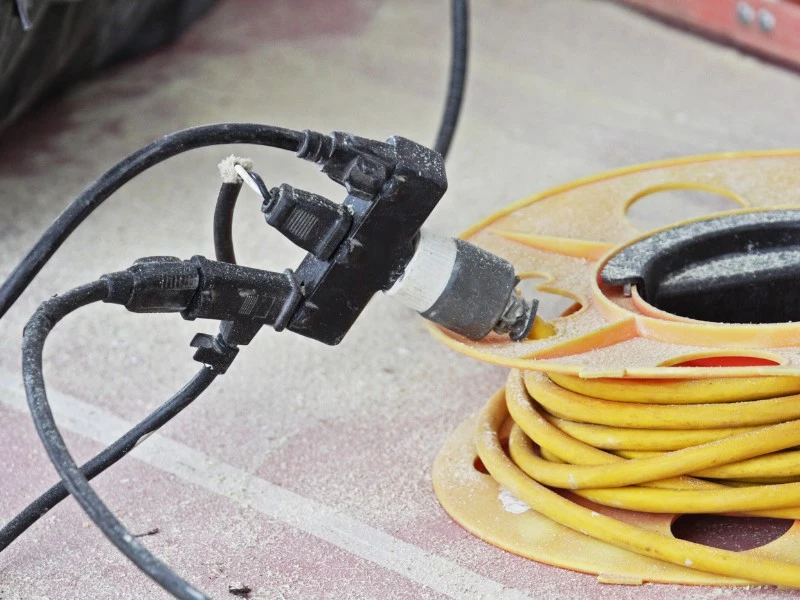
Every piece of electrical equipment which has to be plugged in has a cord, which can often become damaged over time.
Frayed or cracked flexible cords pose a serious risk of electric shock.
Visible inspect your electrical cords to ensure that they are in good condition.
⚡ Physical Damage
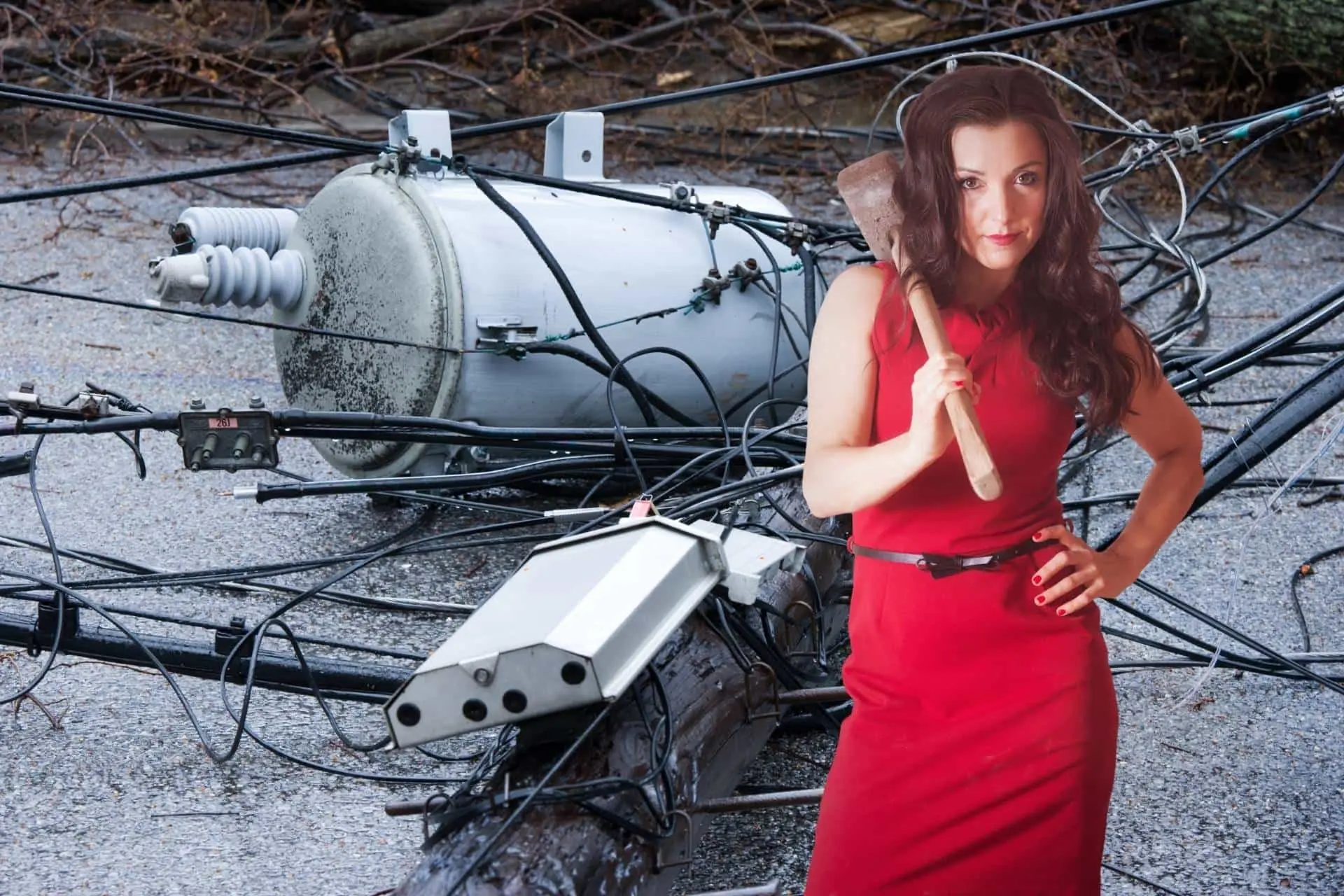
Most damage to cords happens at the plug or at the point of attachment to the equipment.
At either point, if the outer covering of the cord has been cracked, there is likely no way to repair it.
If the outer covering has been cracked or nick along the cord, the damage may be superficial and can be repaired with simple electrical tape.
However, if the conductors within the outer jacket have been damaged, the cord is no longer safe.
Damaged cords should be replaced, not repaired with splices.
⚡ Extension Cords

Outdoor extension cords can be useful for getting power to a distant location, and they are quite durable.
If the outer jacket has pulled away from the plug at either end, this poses a serious hazard and should be addressed.
For some extension cords, these plugs are replaceable.
For others, the cord will have to be replaced.
Likewise, if the outer jacket along the wire has only slight damage, simple electrical tape will help.
But if the wires are damaged, or if any copper is showing, the extension cord should be replaced.
A good practice is to cut the extension cord at the point of damage to ensure it is not used by mistake.
Extension cords should never be spliced together, and extension cords should not be used as permanent wiring.
Outdoor extension cords should have three prongs, the round one being for the ground. Never use an extension cord with the ground missing.
⚡ Power Tools
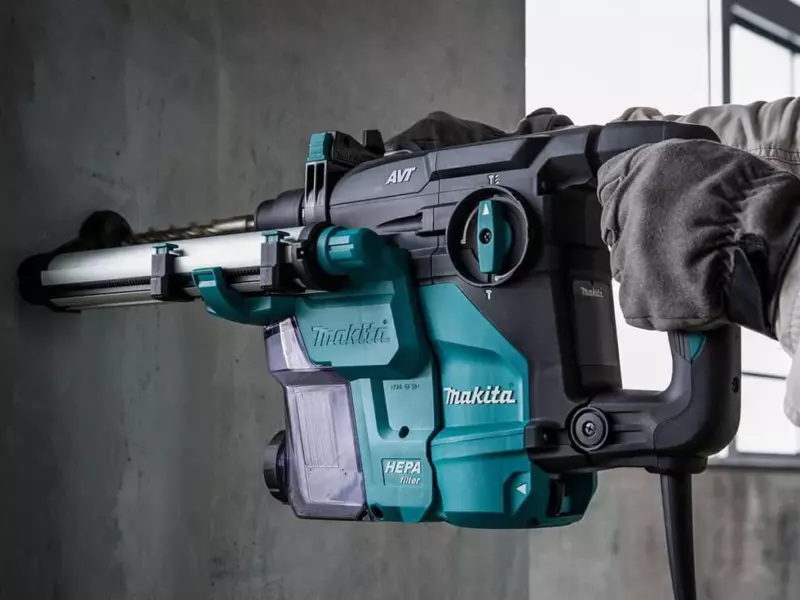
When using plug in power tools the same general principles of electrical safety apply.
Ensure that the flexible cords for the power tool are in good condition, both at the ends and along the wire.
Electrical workers tend to use insulated tools and equipment that are double insulated.
Repair or replace any damaged tools and equipment to reduce hazards.
For specialized equipment, you may wish to seek out specialized training.
⚡ Conclusion

Electricity is used throughout your home, and electrical accidents can be deadly.
Identify potential hazards in your home and learn some basic electrical safety.
Proper training in electrical safety can help reduce the risk.
Knowledge of electrical safety is important to help reduce electrical risks.
Ensure that all equipment is in good condition.
Whenever you are dealing with electricity, remember that safety is paramount.
Be aware of electricity and electrical safety, and you can ensure that your home is safe.
Want to learn more about your home’s electrical system? Check out our other electrical articles!
📗 Related Reading: Top 10 Common Home Electrical Problems and Solutions

